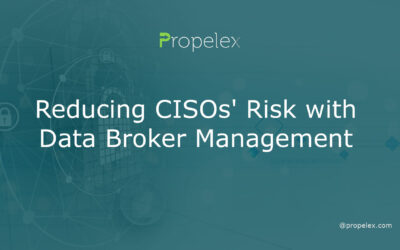The security of cloud-native applications is one of the major challenges facing IT professionals today. But there are several emerging best practices for securing cloud-native environments.
Apply perimeter security at the function level
Cloud native applications require a different security approach to protect against insider threats and data exfiltration. To achieve this, you must secure your application in its native context, including the environment, the teams, and the process.
When an application built as a microservice, each function is package as a separate container. This creates a new layer of complexity in the attack surface. This makes it much harder for an attacker to have long-term presence in the system.
In traditional on-premise systems, the perimeter was defined by a firewall. This allowed traffic to cross the boundaries of a few physical locations. These defenses worked well until new technologies changed the way security done. Today, security is a critical aspect of the entire software development life cycle.
To address this issue, you can use a variety of tools to configure your cloud-native application to adhere to an enforced perimeter. These security tools typically used at the function, container, and control plane levels.
Split policies into separate microservices
If you’re trying to secure cloud-native environments, you need to break your policies into separate microservices. If you don’t, you may run into issues. Thankfully, there are several steps you can take to make this process less of a pain.
First, you must understand how monolithic applications work. These are large, multi-functional systems that don’t have independent tech stacks. Rather, components communicate via method invocation. If your application built this way, you have an obvious performance bottleneck.
Next, you can look at your existing code base and identify the areas where you need to break up your application into smaller, more manageable parts. This can done through an analysis of the component isolation.
It’s also important to evaluate how the application designed. For example, a grocery chain shipping software might decompose into modules for different fruits.
Ideally, you’ll find that your microservices can communicate via a simple REST-like API. If they do, you need to set up a centralized monitoring scenario to ensure that your microservices are functioning correctly.
Shift security left
Shift left security is a strategy that embeds security into the application development process. This enables developers to address security vulnerabilities earlier, reducing the risk and time to market for an organization. By introducing security measures at the beginning of the development pipeline, organizations can improve their software quality and reduce the cost of testing and fixing.
The concept of “shifting left” is gaining momentum as more organizations are recognizing the benefits of integrating security into the software development process. This is especially true as more organizations are moving their assets into the cloud.
Adding security to the CI/CD pipeline is a powerful tool for teams managing cloud environments. By using an automated, continuous testing cycle, fixes can apply more efficiently. When issues discovered early, they can remedy more quickly, which can save organizations a lot of money.
Unlike traditional processes of implementing security, shift left enables DevOps and security to work in parallel. This increases security awareness and decreases the risk of cyber attacks. It also enhances the speed of delivery of applications.
Observability is key
Cloud native applications require a different security approach than traditional apps. In a cloud environment, data can traverse the boundaries of multiple networks, and each component is vulnerable to attack. Developers and security teams must understand the attack surface, and use new tools to create greater visibility and threat prevention.
One way to secure a cloud native application is to enforce perimeter security. This applies at both the function and container levels. Depending on the scale and complexity of the application, other measures may also require.
For example, enforcing minimal roles and privileges can used to secure application dependencies. The use of cryptographic hashes to keep data confidential is another key tool. Moreover, a service mesh enables reliable communication.
Microservices are the core component of a cloud-native application. They deployed across diverse environments and have different trust levels. Each component is a target for compromise, so the infrastructure should protect throughout the development lifecycle.
One way to protect against this is to use a security platform that gives developers insights into their code. The platform should integrate with existing workflows, and it should provide local testing. It should also ensure that all communications authenticated.









